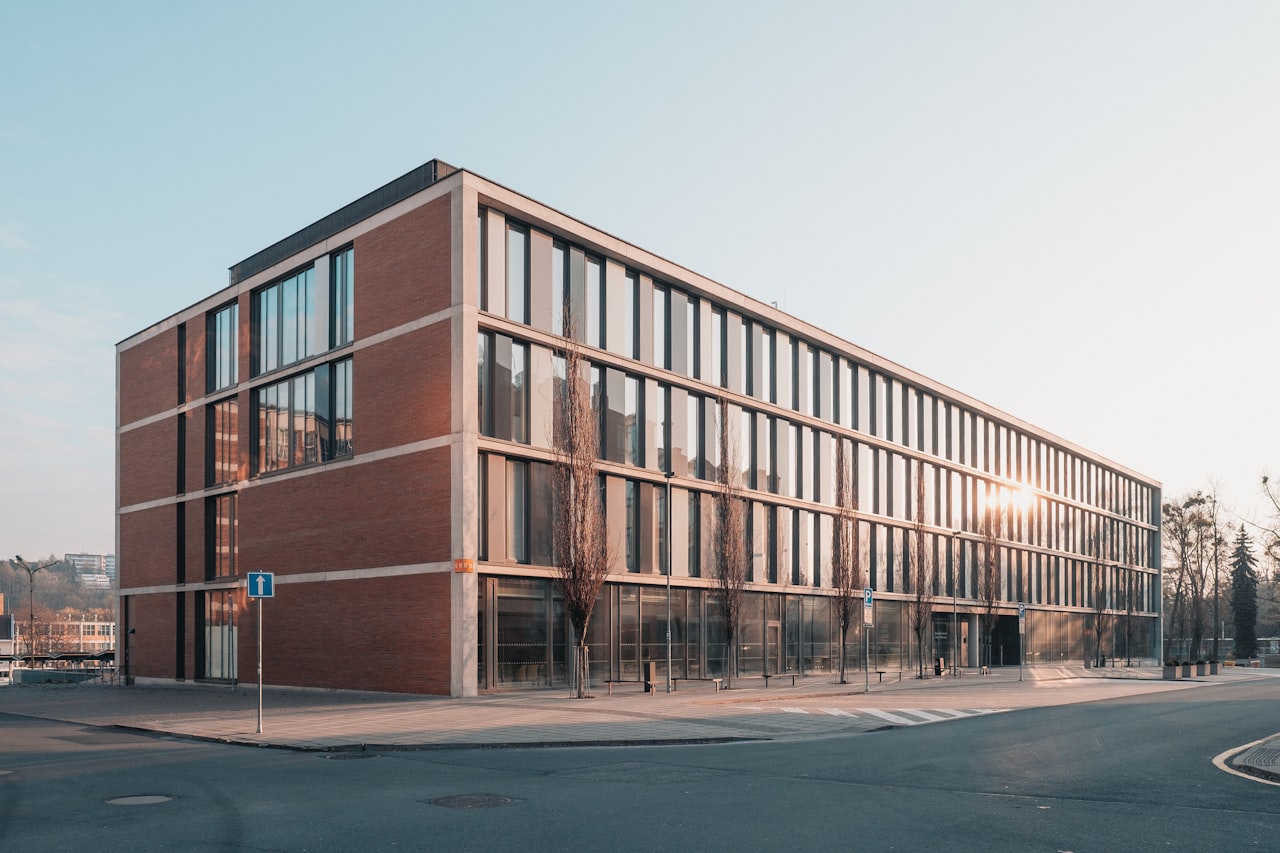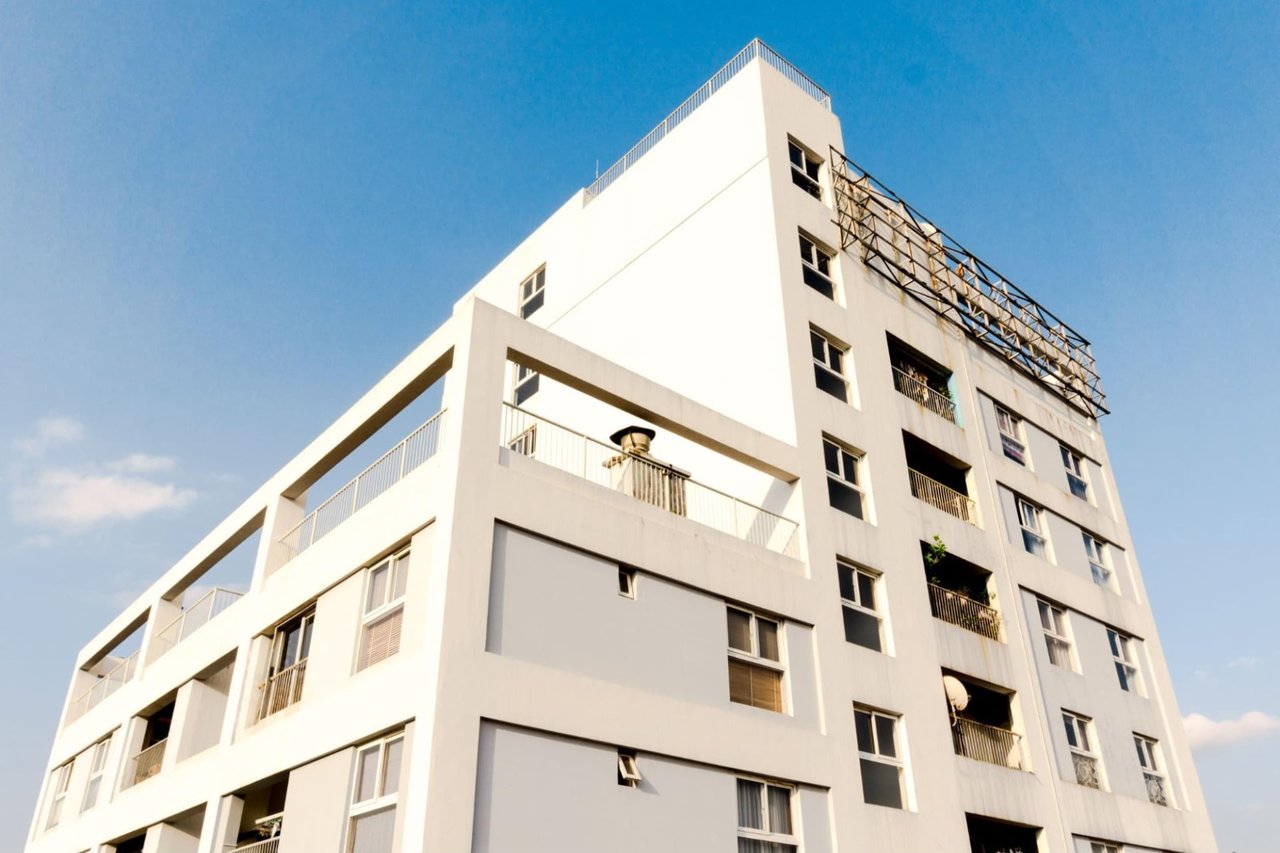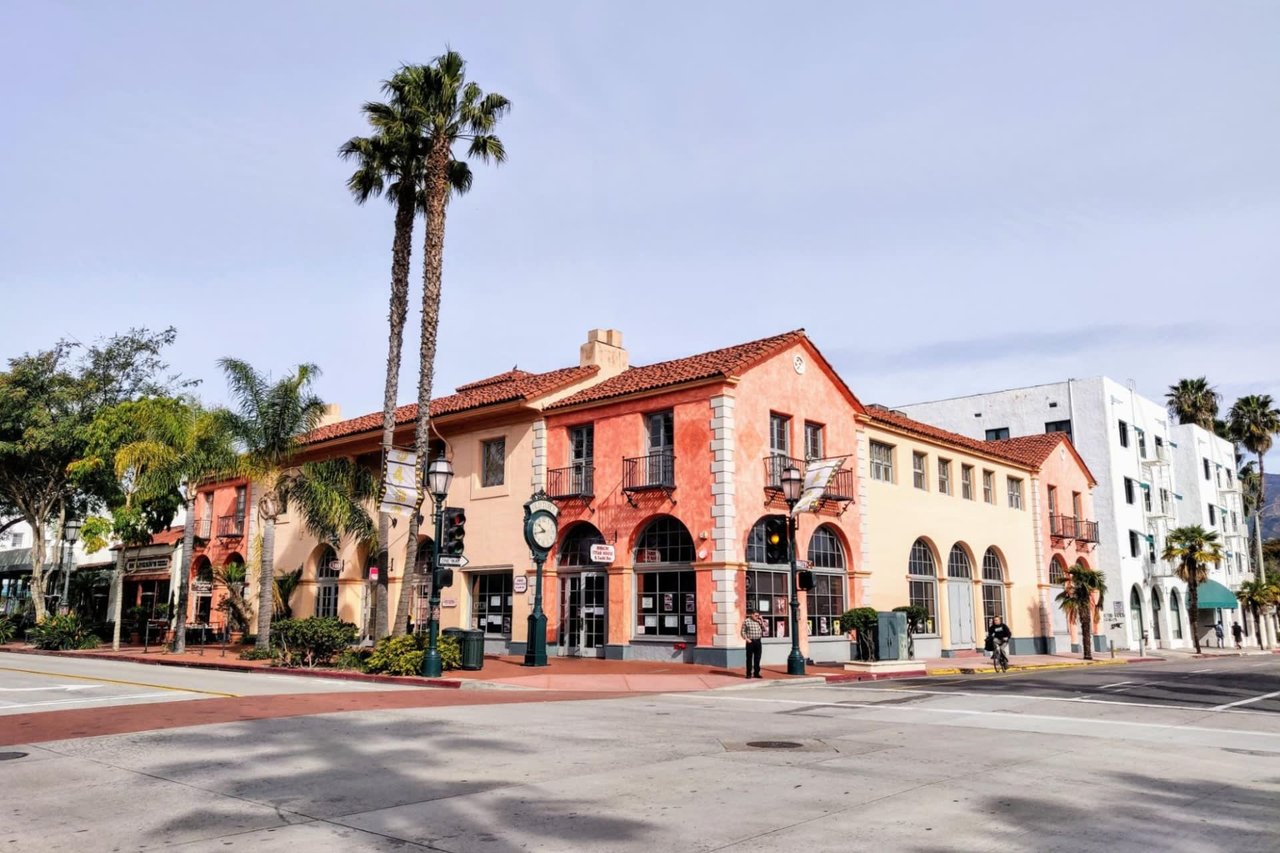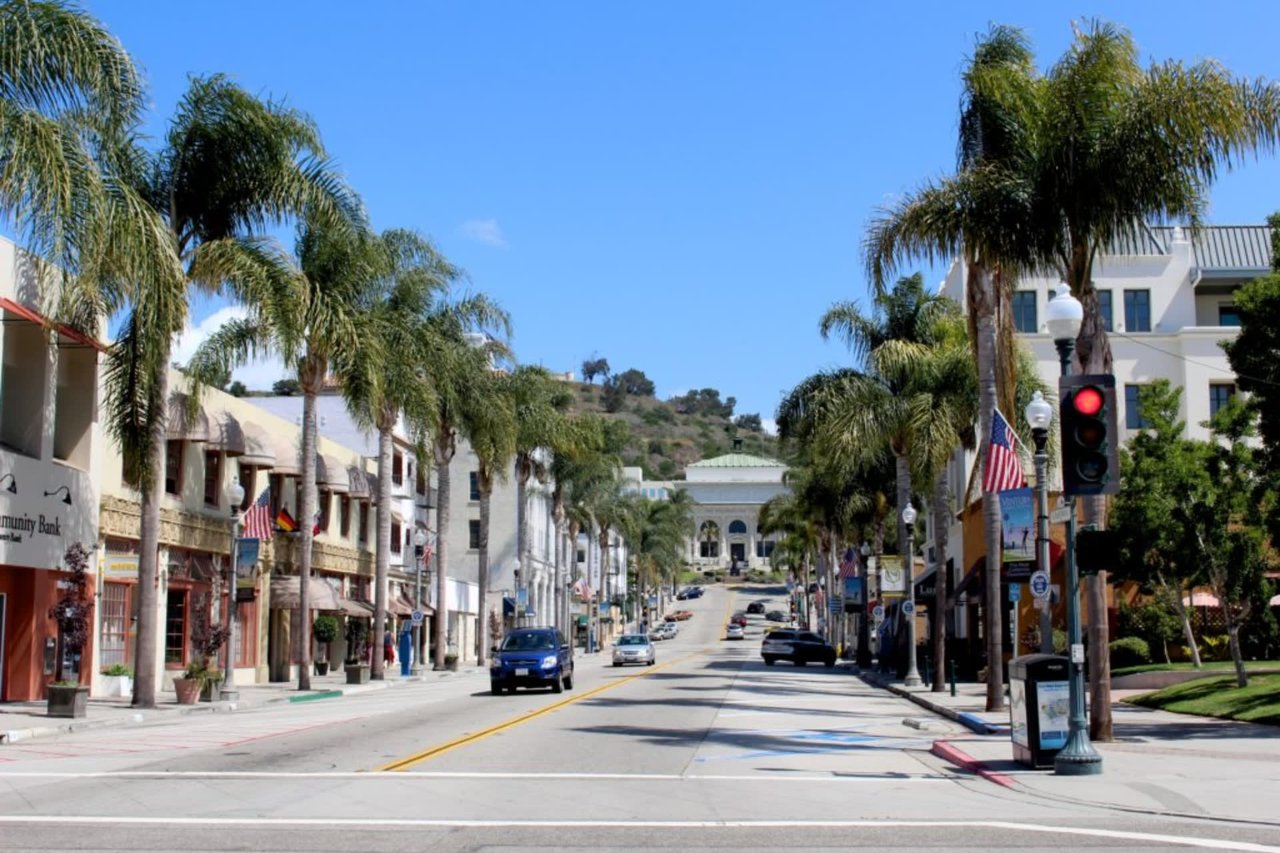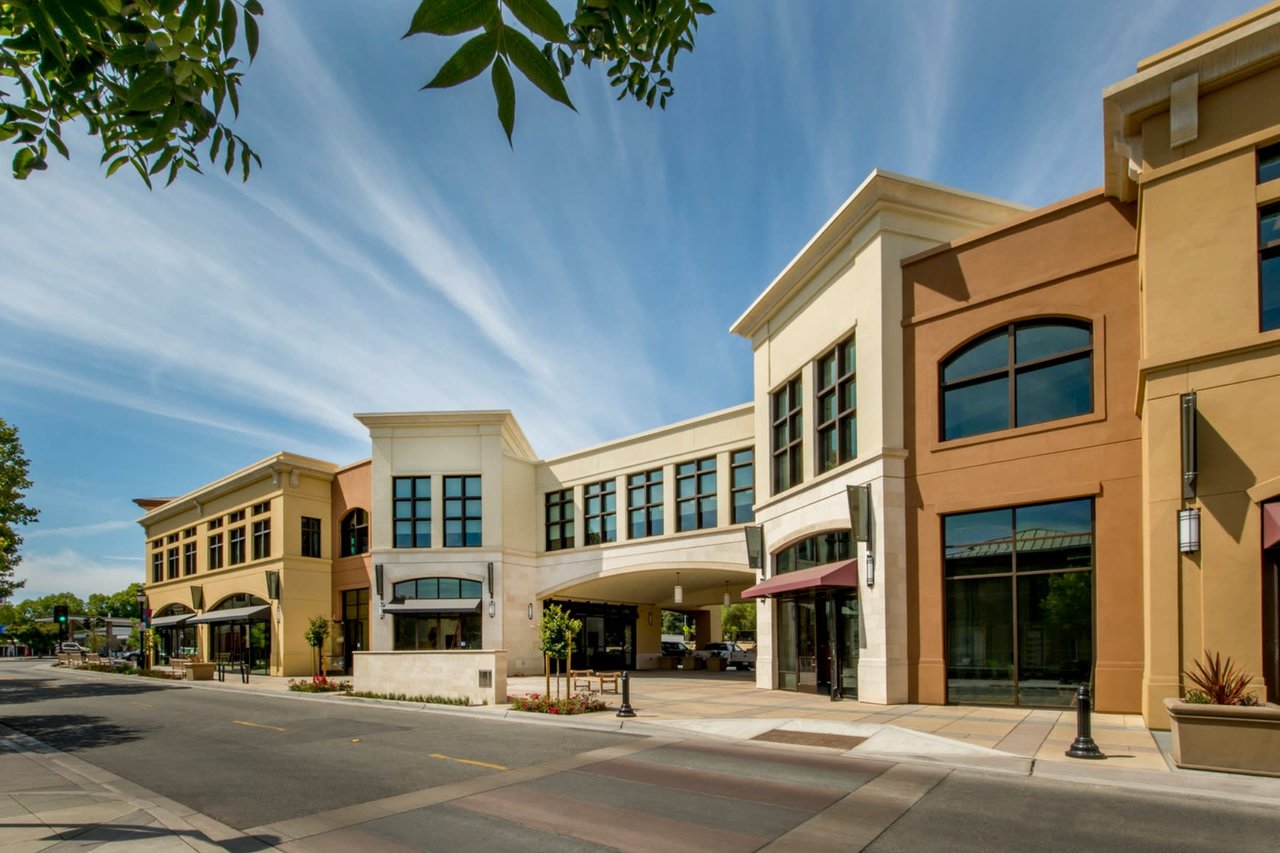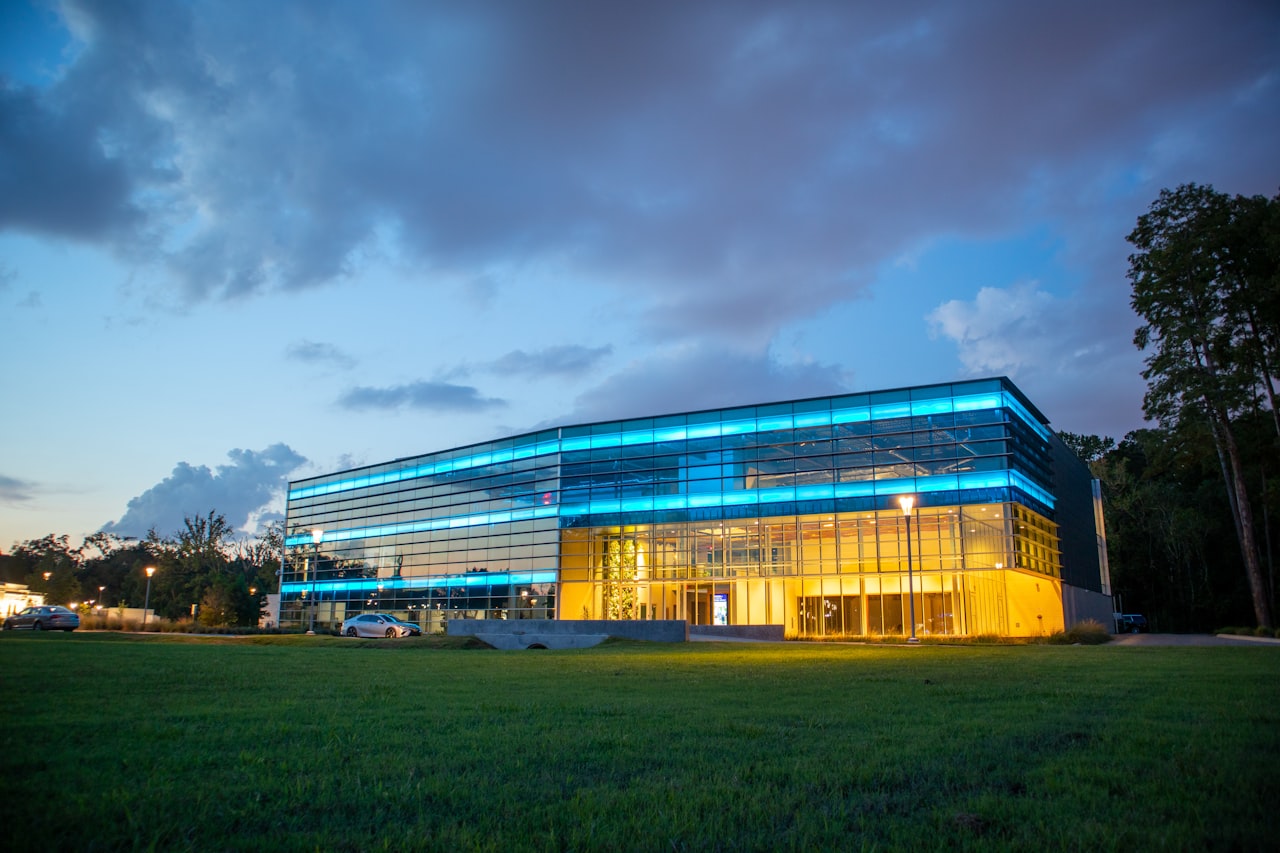National Report, 2017
National Office Property Index (NOPI)
- San Jose and Seattle-Tacoma take the top two spots in the 2017 Index. Last year’s top market, San Francisco, slipped to the third position on a projected deceleration in job growth but remains one of six Western metros in the top 10. Four markets climbed into the top 10 from one year ago, including Raleigh, which makes its debut this year.
- The markets filling out the top half of this year’s Index comprise a geographically diverse group. Miami-Dade and Tampa-St. Petersburg is the highest-rated Florida market, while positive supply-and-demand dynamics enabled Nashville, Atlanta, and Charlotte to secure high rankings. In addition, elevated performance allowed Minneapolis-St. Paul to repeat its position as the highest-rated Midwest market.
- Philadelphia leads off the second half of the NOPI and will post subdued job growth in 2017. Speculative construction was a factor in the slight decline in the rankings of Phoenix. Other markets in the second half of the Index rose behind brighter prospects, including Fort Lauderdale and Detroit.
National Economy
- The Trump administration has signaled plans to energize domestic economic growth via infrastructure and defense spending, comprehensive tax reform, and deregulation. The Republican-led Congress is likely to favor many of these measures, and the removal of gridlock could also enable a quick resolution to the passage of a budget and a higher debt limit.
- Job creation will moderate as the labor market tightens. After adding roughly 2.2 million jobs in 2016, employers will create 2.0 million positions this year. The total includes 690,000 workers in office-using employment sectors and matches last year’s pace of growth.
- Strength in the overall domestic economy, tightening monetary policy, and expanding government spending will lift both interest rates and the U.S. dollar. Higher interest rates in the U.S. could attract more foreign investment, but American exports could become more expensive globally, imposing a potential headwind for U.S. manufacturers.
National Office Market Overview
- Net absorption of approximately 83 million square feet will generate a 20-basis-point decline in the U.S. vacancy rate to 14.3 percent, marking the low point of the current cycle. The reduction in vacancy will spur an increase in the average asking rent of 3.5 percent.
- This year likely marks the high point in completions for the current cycle, as construction lenders maintain a conservative approach to underwriting office construction. Developers will complete 82 million square feet of space in 2017, exceeding the amount of new space delivered in the preceding year.
- The outperformance of CBD properties led the office sector out of the recession, but the suburbs continue to gain ground and make larger contributions to the overall performance of the office sector.
Capital Markets
- Moderate economic expansion and muted inflation throughout the current cycle allowed the Federal Reserve to put off hiking its short-term lending benchmark, but its increase in December conveys a positive outlook for economic growth. The central bank anticipates raising the Fed Funds rate three times this year.
- Liquidity remains sound, but debt sources exercise discretion. Lenders continue to target urban properties with secure tenancies. Properties in the suburbs may be subject to tighter scrutiny and more conservative loan underwriting, but assets with solid long-term tenant rosters and on-site amenities will likely be viewed favorably.
Investment Outlook
- Current investor sentiment reflects a cautious outlook, as a widening bid-ask spread has slowed transaction velocity. Highly amenitized CBD deals appear to generate less interest than in previous years, reflecting heavier construction volume in many downtowns and slowing CBD rent growth.
- Heading into 2017, both the national average price per square foot and the average cap rate is even with their 2007 benchmark, though vacancies have yet to reach previous lows. Pricing disparities persist. While downtown prices are 59 percent above the downturn trough, suburban prices have risen 35 percent.
